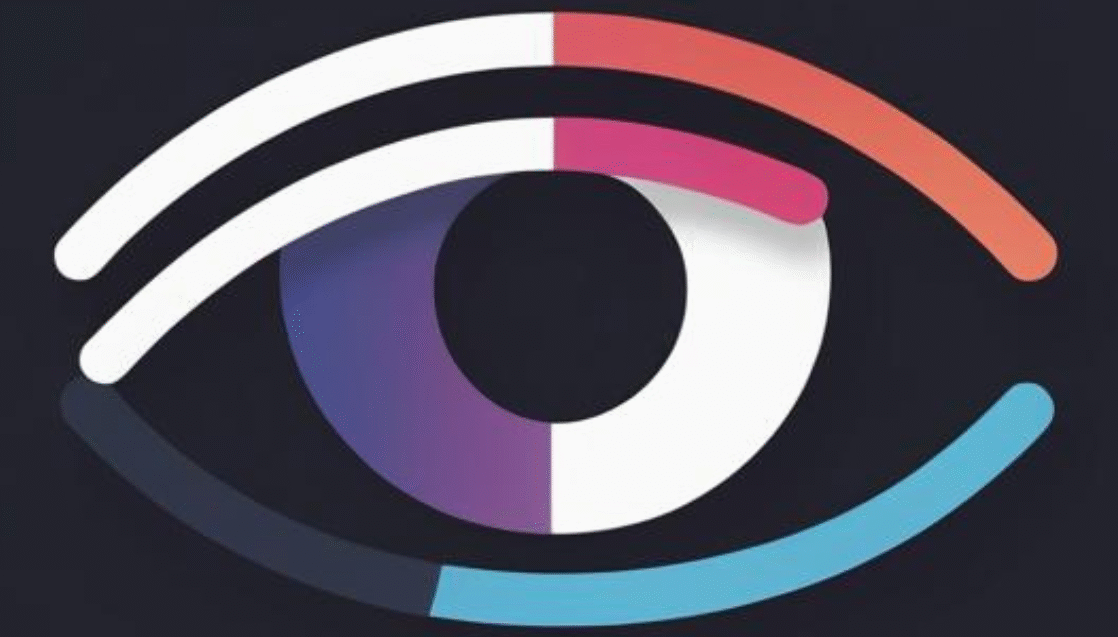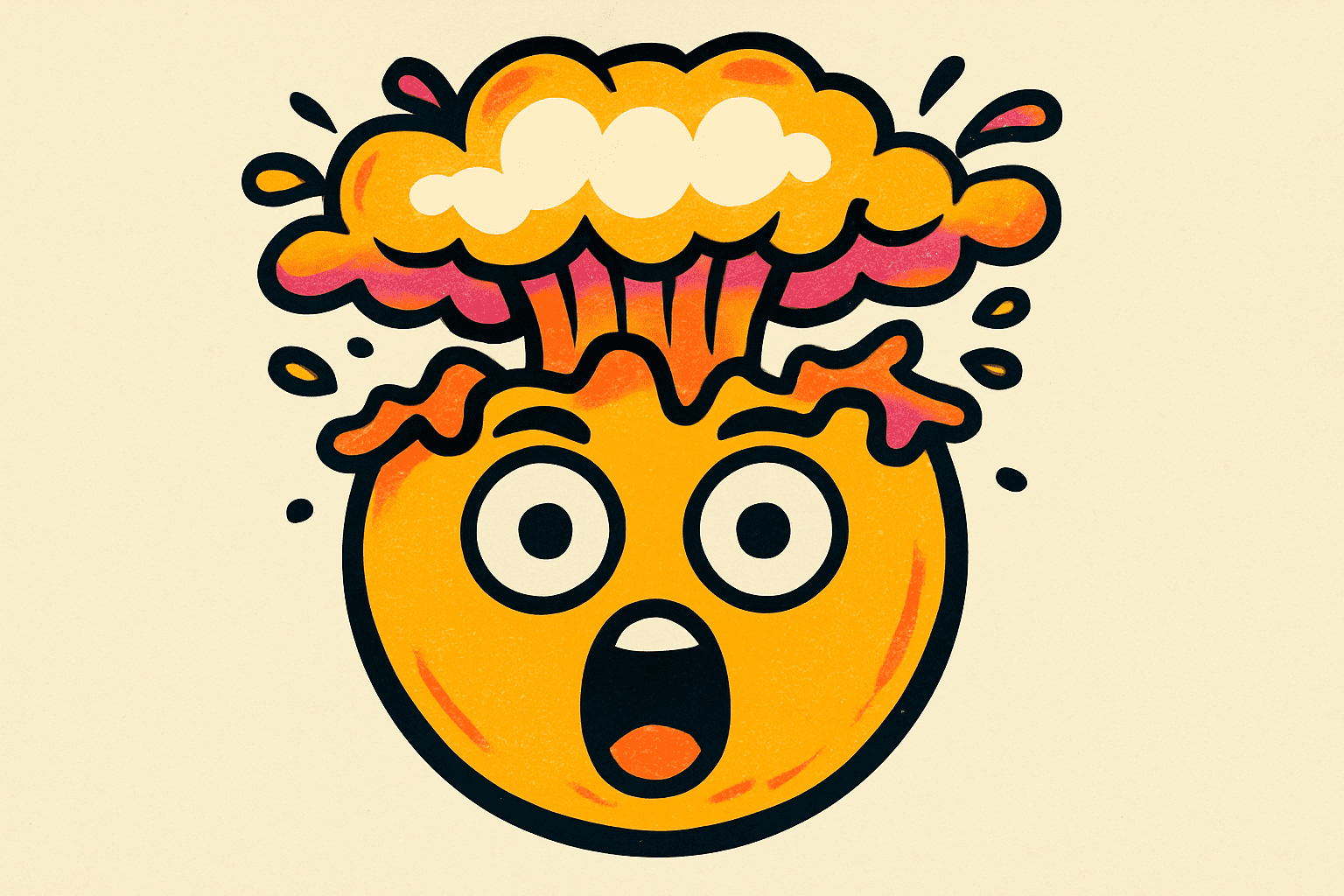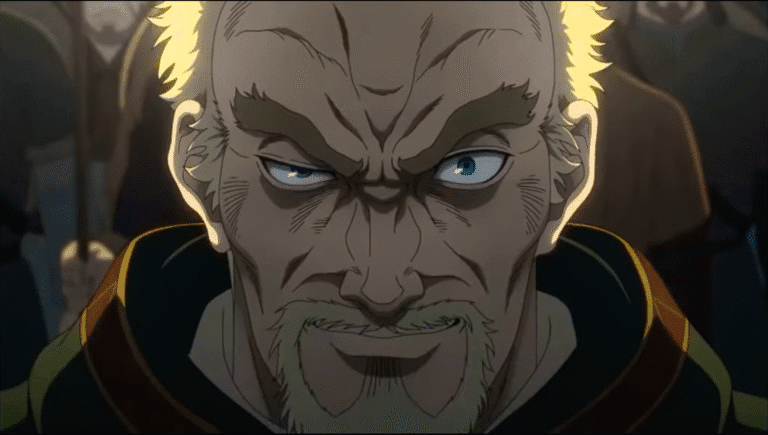Mind-Blowing Anime Facts You Didn’t Know
Think you know anime?
Sure, you’ve sprinted like Naruto at least once in your life, had a sore heart for a few days from Your Lie in April, and maybe even stayed up till 3 AM “just one more episode”-ing Attack on Titan. But behind the flashy fight scenes and emotional gut punches, anime hides a treasure chest of facts, production secrets, and real-world drama that even die-hard fans miss.
We’re talking unscripted masterpieces, voice actors pulling double duty as multiple legends, anime getting banned in real life—yeah, it gets wild.
So let us dive into some anime facts that’ll make you watch your next show with fresh eyes.
1. Spirited Away Was Made… Without a Script?!
Hayao Miyazaki looked at traditional movie-making and said, “Fu*k it,We bowl.” He skipped a finalized script entirely, writing the storyboards while animating. This way, the plot “grew organically” with the visuals.
The result? Spirited Away (2001), an Oscar win, and arguably the most beloved animated film of all time. Sometimes winging it pays off big.
2. Attack on Titan Was Almost Left in a Drawer
Before it became a worldwide obsession, Attack on Titan was rejected by multiple publishers for being “too violent” and “too weird” for mainstream audiences. Creator Hajime Isayama refused to tone it down, and eventually Bessatsu Shonen Magazine took the gamble. The rest is blood-soaked history.
3. Goku and Naruto Share a Voice in Some Universes
Masako Nozawa—aka the voice of Goku across Dragon Ball—has also voiced Naruto in crossover games. Naruto’s anime voice actor is Junko Takeuchi, but Nozawa’s status and range make her the go-to for big, energetic shonen leads when a special project calls for it. Imagine powering up into Super Saiyan mode… and then yelling “Believe it!”
4. Backgrounds Get Recycled All the Time
Ever get déjà vu while watching two completely different anime? You’re not losing it—studios often reuse background assets like school hallways, rooftops, forests, and generic cityscapes. It’s a budget/time saver, but once you notice it, you’ll start playing “Where have I seen this street before?” every episode.
5. Death Note Got Banned in Multiple Countries
While Death Note is a cult classic, it didn’t sit well everywhere. China, Russia, and parts of the Middle East banned it for allegedly promoting violence, rebellion, and even atheism. Some kids made their own notebooks and started writing down classmates’ names. Yeah… that escalated quickly.
6. “New” Anime Usually Started Years Ago
That fresh anime you’re loving this season? It probably began production 2–3 years earlier. Between storyboarding, scripting, voice acting, animation, editing, and marketing, the process is a marathon. So when you hear about delays (looking at you, MAPPA), it’s often because they’re trying to make sure it lands perfectly.
7. Voice Actors in Japan Record Alone
Unlike in the West, where voice actors often record together to bounce off each other’s energy, Japanese seiyuu work in separate booths. That means those gut-wrenching emotional scenes? They’re performing solo, imagining the other voices in their head. Which makes their delivery even more impressive.
8. Anime Used to Be a Niche Hobby Outside Japan
In the ’80s and early ’90s, anime was underground outside Japan—circulating via VHS tapes and small fan conventions. Most people thought it was either “for kids” or “too violent.” That changed when shows like Dragon Ball Z, Sailor Moon, and Pokémon hit global TV screens, turning anime into a mainstream juggernaut. Fast forward to 2025, and the industry is worth over $25 billion worldwide.
9. Animators Often Earn Shockingly Low Wages
Here’s the ugly side: entry-level animators in Japan can make as little as $200–$400 a month, despite anime’s global success. Many have to live with family or take side jobs just to survive. Some studios have been called out for overworking and underpaying staff—a reminder that the magic we see often comes at a human cost.
10. Anime Openings Are Marketing Powerhouses
Those insanely catchy OPs? They’re not just there to hype you up—they’re big business. Studios team up with major J-pop bands, and these songs often chart high and rack up millions of streams. Sometimes the opening theme gets more recognition than the show itself (LiSA, Aimer, YOASOBI—we see you).
From unscripted creative risks to the harsh truths of the industry, anime is packed with stories beyond the stories. Knowing them doesn’t just make you a smarter fan—it gives you a deeper appreciation for the blood, sweat, and caffeine that go into bringing your favorite worlds to life.
So next time someone says “It’s just cartoons,” you can hit them with trivia so sharp it could be its own shonen attack.







